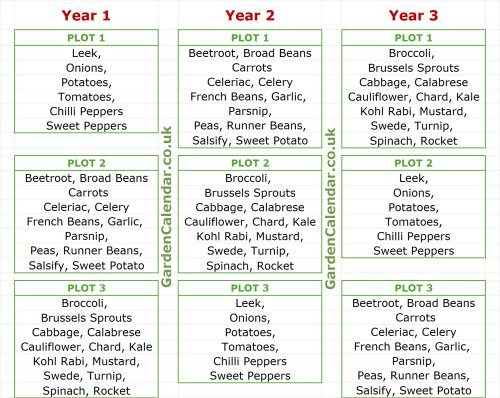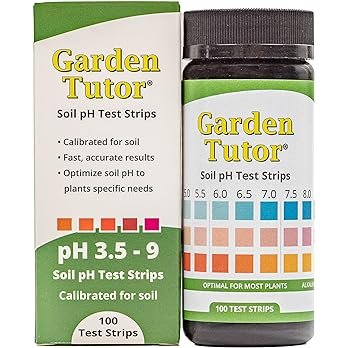
Three Year Crop Rotation Plan
There are as many crop rotation plans as there are gardeners! After several decades of gardening I settled on a three year rotation plan and it has served me well. It's simple, which means you can practice it easily, and at the same time it is effective.
Some vegetables can be planted wherever you have space, they are unlikely to suffer by growing in the same area for two or three years. These vegetables are courgettes, cucumbers, lettuce, radish, squash and sweetcorn. Runner and French (green) beans also can be grown in the same position for a couple years with no bad effects.
Most vegetables are grown as annuals in the UK but there are a few exceptions such as rhubarb. Rhubarb stays in the same position for its life so can be planted anywhere in the crop rotation plan above.
The primary reason for crop rotation is to avoid a build up pests and diseases in the soil.
Another reason often given for crop rotation is it allows you to control the pH level (acidity or alkalinity) of the soil. However most vegetables grow perfectly well in a soil which is neutral - a pH level of 6.5 to 7 is correct. You can only ascertain the pH level of a soil by using a test kit. It's easy to do and they are readily available from garden centres and online.

pH Soil Tester Kit
If the pH level of your soil is too low (i.e. it is acidic), then add lime to the soil. Lime is available at garden centres and online - read the instructions on the pack carefully and follow them.
In normal vegetable cultivation a neutral soil is likely to stay neutral for two or three years and then start turning slightly acidic. At that point, add lime and dig it in.
MORE GARDEN TECHNIQUES
IF YOU HAVE ANY QUESTIONS OR COMMENTS
CONCERNING THIS PAGE, ENTER THEM BELOW.
WE WILL ANSWER ON
THIS PAGE AS SOON AS POSSIBLE